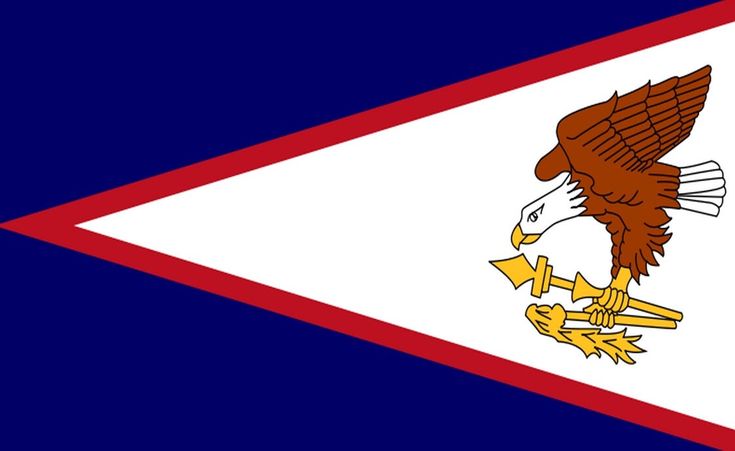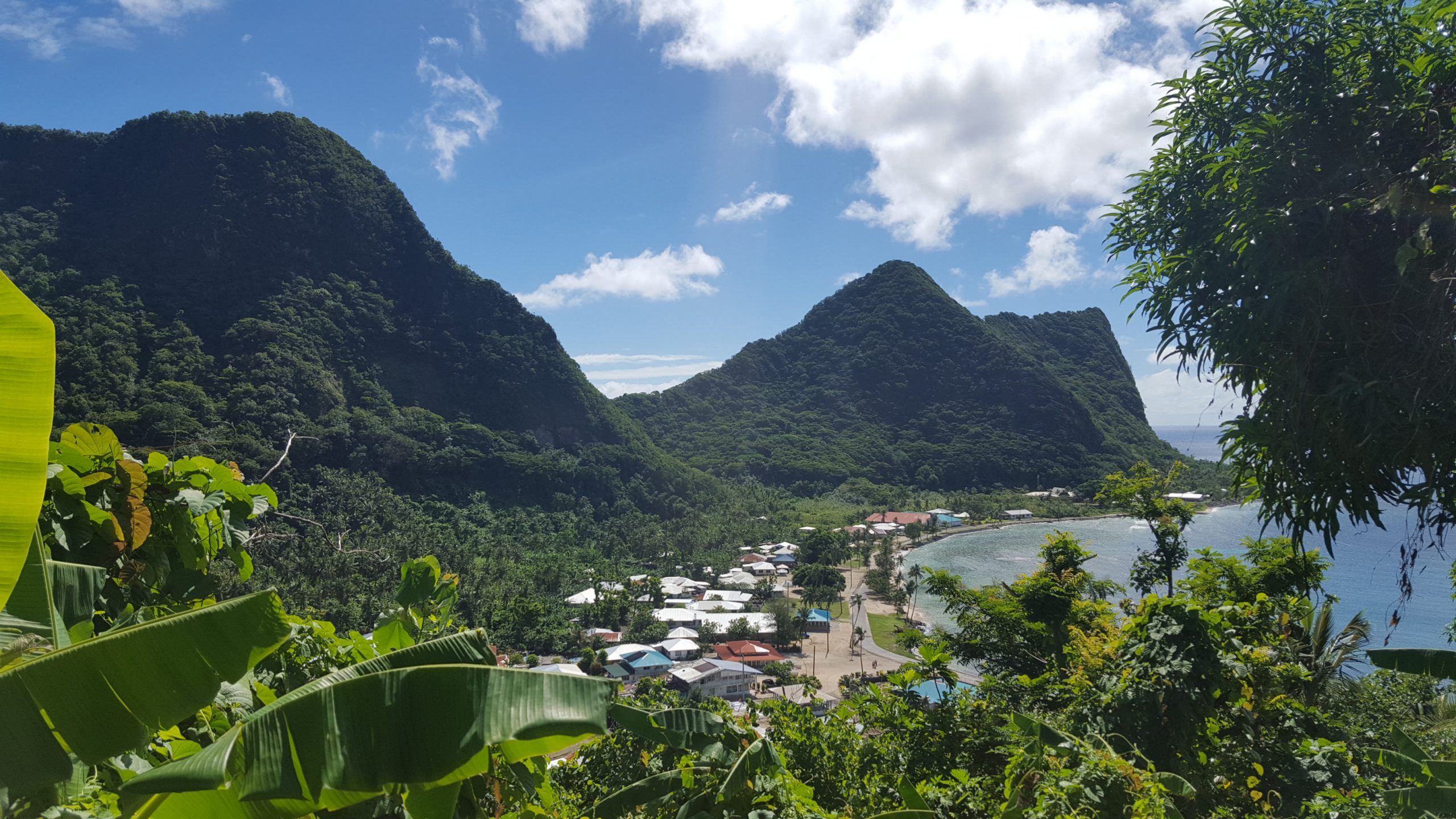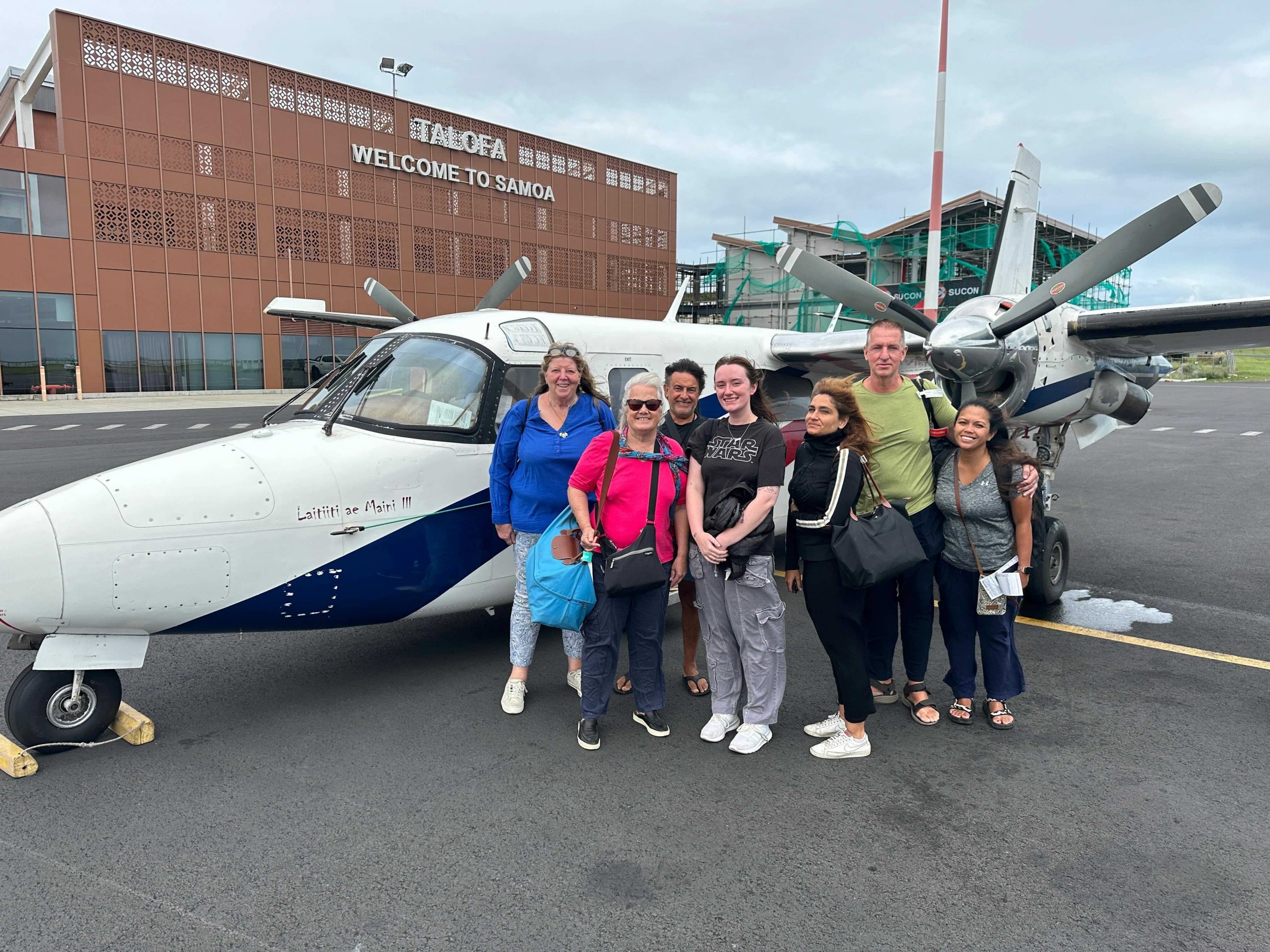When you hear the names Samoa and American Samoa, you might think they’re the same place. While they share cultural roots, they are distinct entities with unique histories, governance, and lifestyles. Here’s a breakdown of what sets Samoa and American Samoa apart.
Click the link to see our take on reunification.
Location and Geography of Samoa and American Samoa
Samoa and American Samoa are both part of the Samoan archipelago in the South Pacific. Samoa, often called “Independent Samoa,” consists of two main islands, Upolu and Savai’i, along with smaller islets. American Samoa, a U.S. territory, is located southeast of Samoa and includes five volcanic islands and two coral atolls, with Tutuila being the largest and most populated.


Governance and Political Status
The most significant difference lies in their political structures.
- Samoa: Formerly known as Western Samoa, it gained independence from New Zealand in 1962, becoming a sovereign nation. It operates as a parliamentary democracy with a head of state and a prime minister.
- American Samoa: This is an unincorporated U.S. territory, meaning it’s governed by the United States but doesn’t have full constitutional rights. Residents are U.S. nationals, not citizens, which allows them to live and work in the U.S. but not vote in federal elections.
Culture and Language
Both Samoa and American Samoa share a common cultural heritage known as the “fa’a Samoa,” or “the Samoan way.” This includes strong family ties, communal living, and respect for elders.
However, American Samoa has a noticeable American influence. English is widely spoken alongside Samoan, and the territory has adopted many aspects of American life, such as fast food chains and the use of U.S. currency. In Samoa, the culture feels more traditional, with a stronger emphasis on local customs and less Westernization.
Economy and Infrastructure
Samoa’s economy relies on agriculture, tourism, and remittances from Samoans living abroad. It has developed a growing tourism industry, showcasing its natural beauty and cultural experiences.
American Samoa’s economy, on the other hand, is heavily supported by U.S. federal aid and its tuna canning industry. The territory has less focus on tourism, although it’s gaining popularity among adventurous travelers.
Tourism and Travel
- Samoa: Known for its stunning beaches, waterfalls, and cultural villages, Samoa attracts tourists looking for an authentic Pacific Island experience. Highlights include the To Sua Ocean Trench and the Robert Louis Stevenson Museum.
- American Samoa: Tourism here is less developed, but that’s part of its charm. Visitors can explore untouched landscapes like the National Park of American Samoa and learn about local traditions in a quieter setting.



Will Samoa and American Samoa unify?
Sadly the answer to this is a probably a resounding no as firstly the Samoans are too chilled to ever really push this, but also the United States are unlikely to give up such a great piece of real estate.
Therefore it will likely go the way of places like Korea, Moldova and even the Ossetia’s in never going through unification.
Key Takeaways
While Samoa and American Samoa share a cultural foundation, their paths diverged due to colonial history and political affiliations. Samoa offers an independent, traditional experience, while American Samoa provides a unique blend of Polynesian culture with American influence.
Whether you’re exploring the vibrant markets of Samoa or hiking the rugged terrain of American Samoa, both destinations offer a fascinating glimpse into the Pacific’s rich heritage.
You can see these gems on our Lest Visited Countries Tour, or on a bespoke trip.





